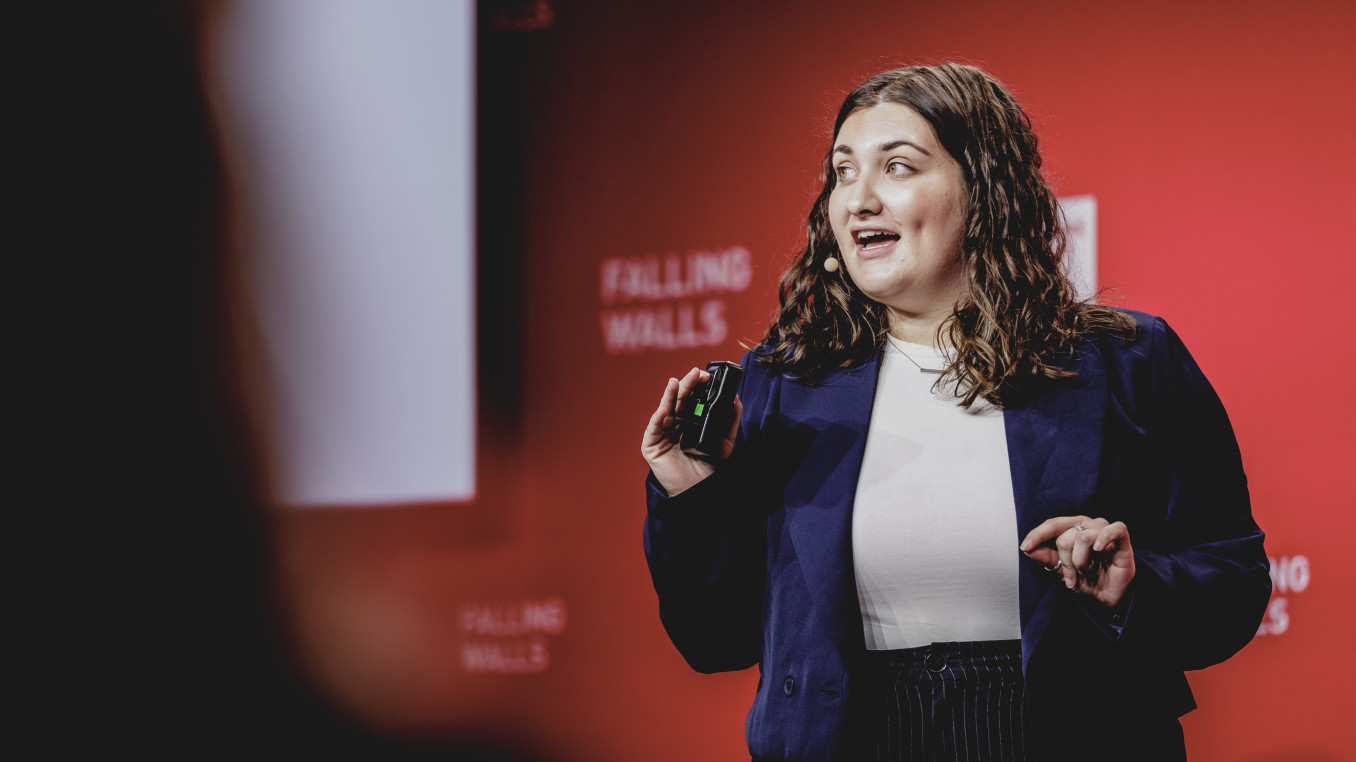Breaking the Wall of Genetic Control by Sound
Breaking the Wall of Genetic Control by Sound
Global Call 2025 Finalist Interview: Life Sciences
Peter Yingxiao Wang obtained his bachelor’s and master’s degrees in Mechanics from Peking University, Beijing, P.R. China, in 1992 and 1996, respectively. He received his Ph.D. degree from the University of California, San Diego in 2002. He is currently a fellow of the American Institute of Medical and Biological Engineering (AIMBE), International Academy of Medical and Biological Engineering (IAMBE) and Biomedical Engineering Society (BMES). His research is on cellular and molecular engineering for live cell imaging, and ultrasound-controllable cell and gene therapy.
Which wall does your research or project break?
Our research breaks the wall of genetic and epigenetic control by sound.
What is the main goal of your research or project?
Our lab is focused on developing sonogenetics: using sound, music and language to remotely and non-invasively reprogram genetics and cellular functions. With engineered genetic transducing modules (GTMs) encoding genomic and epigenomic regulators, ultrasound/sound can be guided to directly control cellular and animal functions. These regulatory molecules can be designed to target, in principle, any endogenous or synthetic gene for gene and cell therapy. As such, sonogenetics can control chimeric antigen receptor (CAR) T cells to allow efficient and safe cell therapies, which can treat cancers, autoimmune diseases, fibrosis and enable anti-aging interventions. Sonogenetics can also non-invasively edit genome and epigenome to cure genetic disorders. Furthermore, multiplex sound patterns can encode complex information, such as language and music, into genetic programming. As such, cells can respond to specific patterns of sound to control coordinated biological processes and life.
What advice would you give to young scientists or students interested in pursuing a career in research, or to your younger self starting in science?
(1) Keep following your heart and pursuing the research direction that you enjoy.
(2) Be persistent and patient.
(3) Keep yourself healthy and happy; You will sooner or later taste the joy of fulfilment and achievement.
What inspired you to be in the profession you are today?
The continuously evolving life has inspired in me a deep desire not only to understand its intricacies, but also to guide and shape its potential.
What impact does your research or project have on society?
Our current sonogenetic CAR T cells can be remotely activated by focused ultrasound (FUS) to enhance the efficacy of CAR T-cell treatments while minimising potential side effects. Future societal implications include non-invasive neuromodulation, personalised medicine and enhanced safety in gene editing and therapy.
What is one surprising fact about your research or project that people might not know?
General cells, besides hair cells in the ear, can be genetically engineered to "hear" sound and alter their genome and fate.
What’s the most exciting moment you've experienced over the course of your research or project?
When we first saw the genetically engineered epithelial cells produce the fluorescence reporter and became brighter and brighter under the microscope upon ultrasound stimulation.

